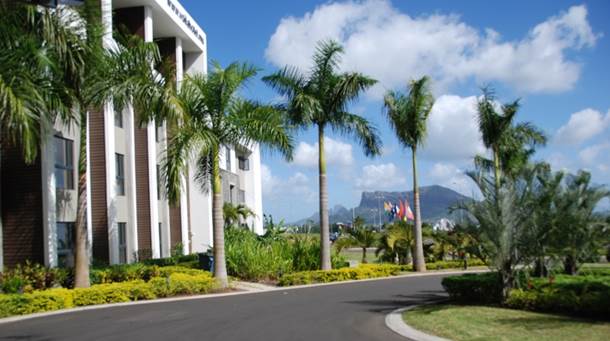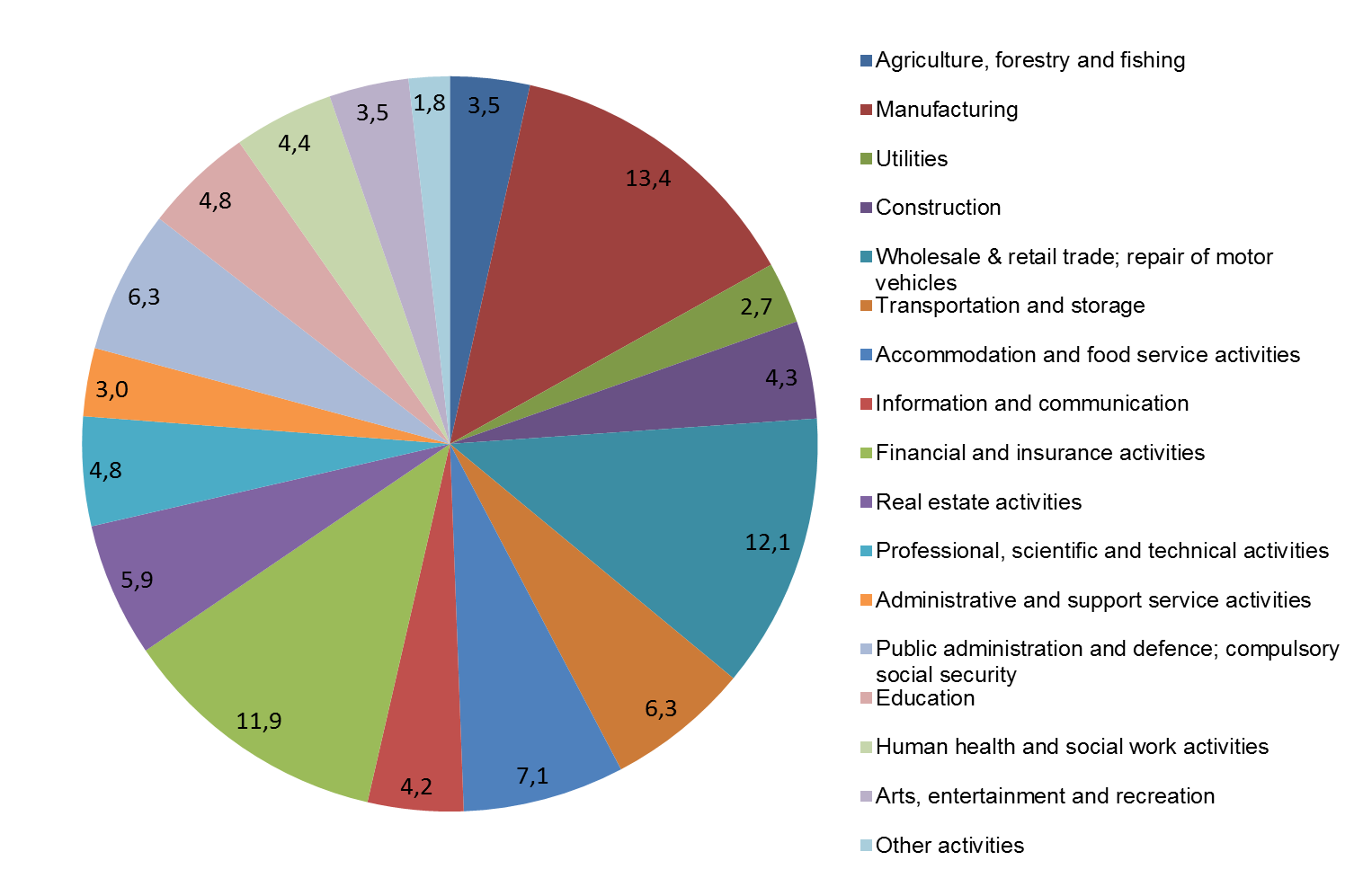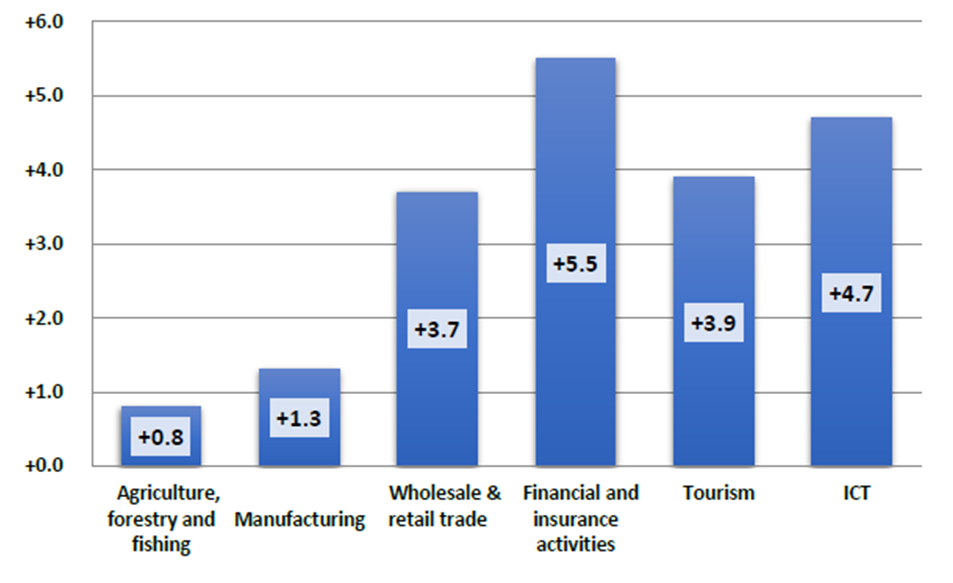Macro-economic Profile
Mauritius, a strong and diversified economy
Mauritius has a vibrant economy with an impressive track record of sustained growth.
With its technology-oriented approach, the country extends its leading position in Africa.
Macro-economic profile of Mauritius
Economic growth: No recession in 39 years
Mauritius belongs to the very few countries in the world that have experienced uninterrupted annual economic growth for more than three decades. There was no recession in Mauritius from 1981 to 2019.
Between the 1980s and 2000, Mauritius experienced robust economic growth which propelled the country to the rank of upper middle-income status. At the same time, Mauritius achieved full employment and wages rose relative to other countries. This led to a shift from a labour intensive to a capital intensive growth model.
Compared to peer countries, over the past 15 years, Mauritius’ growth rate was relatively stable and had the smallest fall in growth during the 2009 global financial crisis, maintaining a positive growth rate over this period.
As a result of the Covid 19 pandemic and Corona measures, the economy and state finances have suffered considerably. GDP has fallen by 14.7%, for which the massive slump in tourism and the hospitality industry is primarily responsible. Unemployment is 9.2% (without support measures it would be around 20%). Public debt jumped from 65% to 95% of GDP in 2019/20. External debt increased from 15% to 20%.
The budget deficit in fiscal year 2021/22 is expected to be 5%, which is considered positive in the current environment. The economy is expected to recover strongly; GDP growth of 9% is planned.
For 2021, the IMF’s World Economic Outlook expects growth of 6.6%. The African Economic Outlook forecasts average GDP growth of 7.1% for 2021 and 2022.
Well diversified economy
- Primary (agriculture, forestry, fishing, mining): 4%
- Secondary (industry): 21.8%
- Tertiary (services): 74.1%
Other aggregations:
- Export-oriented enterprises: 4.9%
- Tourism: 8.0%
- ICT: 5.6%
- Global Business: 5.7%
(Data source: Statistics Mauritius, under the aegis of the Ministry of Finance & Economic Development)
Key Sectors
The Financial Services sector is the future
(Source: Financial Services Commission, Mauritius)
Macro-economic Indicators
Financial Situation

Key figures show evidence that Mauritius was in a financially healthy situation until 2019. However, some data have deteriorated since 2020:
-
- Population: 1.38 million people (July 2021e)
- GDP growth: -14.9% (2020)
- GDP per capita (PPP): $22,989 (Dec 2019)
- Inflation rate: 2.4% (May 2021)
- Budget Deficit (% of GDP): 13.6% (Dec 2020)
- Public sector debt (% of GDP): 73.4% (Dec 2020)
- External debt (% of GDP): 30.9% (Mar 2021e)
- Consumer Price Index: +3.2% (2018e)
- Savings rate (% of GDP market prices): 10.9% (2017)
- Main import partners: China 17%, India 14%, South Africa 8.2%, UAE 7.4%, France 7.1%, (2019)
- Main export partners: France 13%, US 11%, UK 11%, South Africa 11%, Madagascar 7.1%, Italy 5.5%, Spain 4.5% (2019)
- Unemployment rate: 6.65% (2019)



